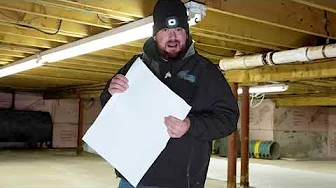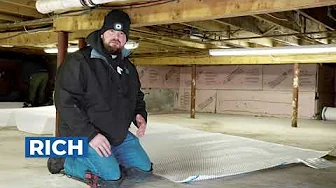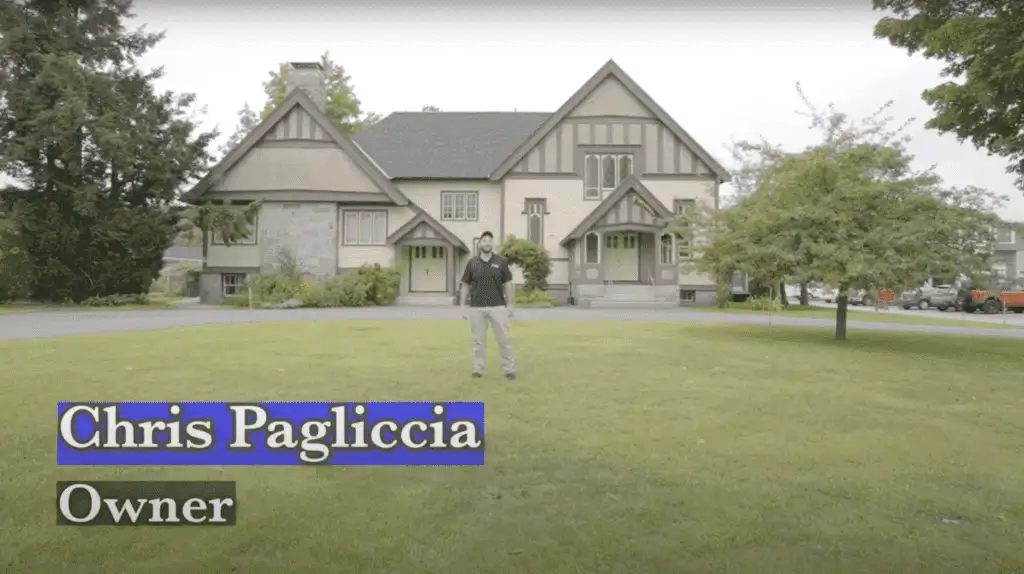Radon Mitigation Winchester MA
Radon is an odorless, colorless gas that poses significant health risks when it accumulates in homes or buildings. In Winchester, MA, where soil conditions can contribute to elevated radon levels, understanding how to address this hazard is essential. Mitigating radon protects your indoor air quality and reduces long-term health risks for your household.
Real People - Real Great Results
Crawl Space Video Playlist
What Is Radon, and Why Should You Care?
Radon is the kind of intruder you’d never notice—until it’s too late. It’s a radioactive gas, completely invisible and without taste or smell, sneaking into your home as uranium in the soil naturally breaks down. The process is inevitable, and radon doesn’t care about boundaries. Cracks in your foundation, gaps in your flooring, or even your well water can serve as open invitations for this harmful gas to settle in.
Why should you care? Because radon isn’t just some abstract environmental nuisance. It’s a heavyweight when it comes to health risks, ranking as the second leading cause of lung cancer in the United States, according to the Environmental Protection Agency (EPA). Smoking is the only thing deadlier for your lungs. That means if you’re living with elevated radon levels, every breath is a gamble you didn’t sign up for.
The truth is, radon won’t set off alarms or wave red flags until someone in your home gets sick—and by then, it’s too late to reverse the exposure. Whether you’re in Winchester or beyond, protecting yourself and your family starts with understanding just how real the threat of radon is.
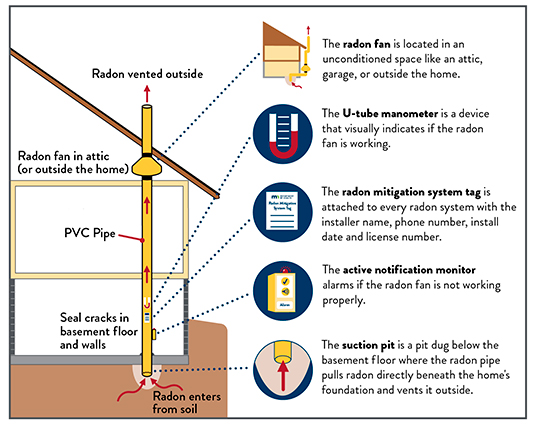
Radon Levels in Winchester, MA
Winchester, MA, isn’t just known for its historic charm and lush tree-lined streets—it’s also part of a region where the geology can harbor high radon levels. The area’s soil, rich in natural uranium deposits, creates fertile ground for radon to accumulate and seep into homes unnoticed. This isn’t just a theoretical risk—many homes in Winchester have already reported elevated radon levels through testing.
The type of foundation your home sits on plays a significant role in its susceptibility. Basements, common in New England homes, can act like a vacuum, pulling radon from the soil due to pressure differences between the inside and outside of your home. Even homes built on concrete slabs or with crawlspaces aren’t immune; cracks, construction joints, and the porous nature of concrete serve as entry points for the gas.
Here’s the kicker: you can’t just guess whether your home has a radon problem. You can’t see it. You can’t smell it. You can’t taste it. The tiniest home in town could have four times the safe radon level, while a sprawling Victorian down the street could have none. The only reliable way to know is by testing. It’s a simple first step—and possibly the most important one you’ll ever take for your indoor air quality in Winchester.
How To Test for Radon
Radon testing is the first and most critical step in tackling the problem. It’s straightforward and accessible to homeowners, yet precise enough to reveal if action is necessary. Here’s how you can do it:
Do-It-Yourself Kits
If you’re a hands-on type, DIY radon test kits make it easy to get a baseline reading. Short-term kits, which measure radon over 2-7 days, are great for a quick snapshot. Long-term kits, on the other hand, gather data over 90 days or more and provide a better picture of year-round exposure. Available at most hardware stores or online, these kits are cost-effective and relatively foolproof—as long as you follow the instructions. Proper placement matters: the test device should be set up in a frequently used room on the lowest living level, away from drafts, windows, and high humidity sources like bathrooms. When the test period ends, send it to the designated lab, and you’ll get your results in a few days.
Professional Testing
For those who prefer to leave it to the experts, hiring a certified radon professional is a solid choice. These specialists use advanced equipment to take precise measurements and can identify subtle radon entry points you might overlook. Professional testing is particularly recommended if you’re in the process of buying or selling a home, or if earlier testing has already hinted at high radon levels. The cost is higher than a DIY kit but ensures peace of mind, especially in areas like Winchester, where radon can be more prevalent due to soil characteristics. Plus, a pro can walk you through the next steps if mitigation is needed.
Whether you go the DIY route or bring in a pro, one thing is clear: guessing about radon levels isn’t good enough. Testing is painless, affordable, and far too important to ignore. Start here; everything else hinges on knowing what you’re dealing with.
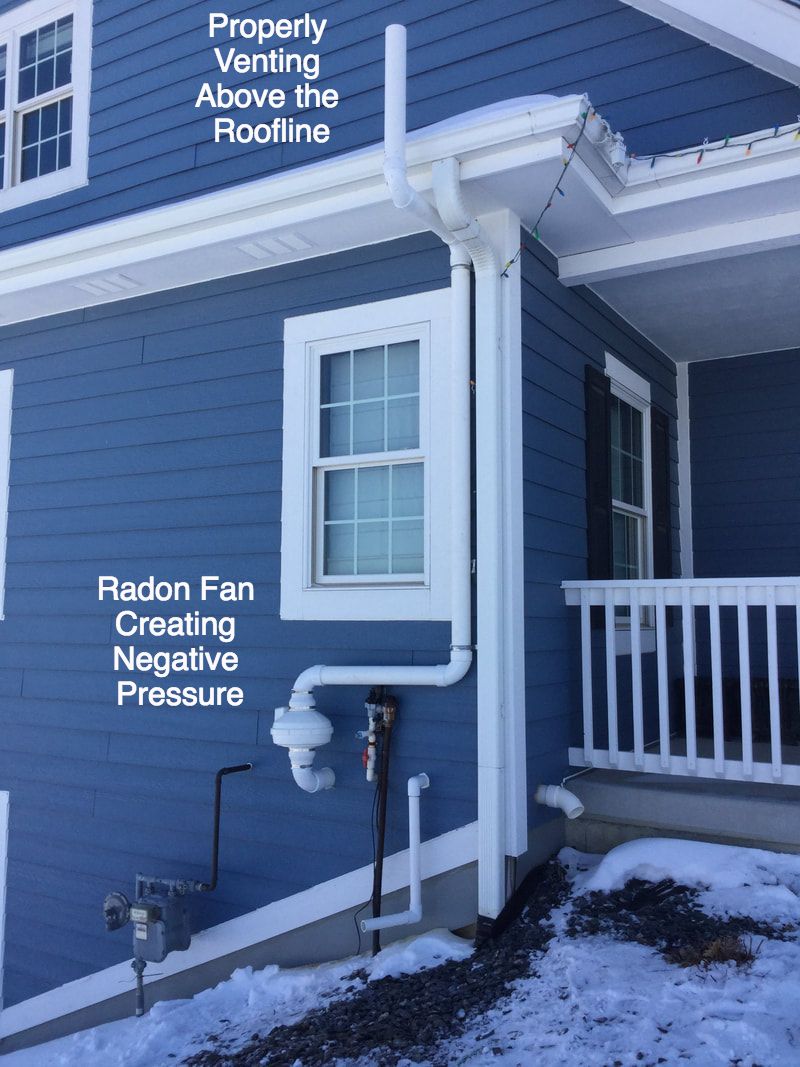
Regardless of the method, the goal is always the same: to lower radon levels to below 4 pCi/L (the EPA action level), though many pros aim for even lower. Whatever approach you choose, the key is making sure it’s well-executed—radon isn’t something to tackle halfway.
Radon Mitigation Methods
Once elevated radon levels are detected, these are the most common methods for mitigation:
Sub-Slab Depressurization
- Think of this as the gold standard for radon mitigation. A pipe-and-fan system is installed to pull radon gas out from beneath your home’s foundation and vent it safely into the open air.
- It’s efficient, reliable, and works particularly well for homes with basements or slab-on-grade foundations.
- Bonus: It also prevents moisture buildup under the foundation, so it’s a win-win.
Crawl Space Ventilation
- If your home has a crawlspace, this method involves letting radon find its way out rather than in. Improved ventilation—like a passive vent or even an exhaust fan—can clear out radon before it builds to dangerous levels.
- Pair this with a polyethylene vapor barrier laid over the crawlspace floor to further block radon entry. Simple, effective, low-tech.
Sealing Entry Points
Cracks in foundations, tiny gaps in drywall, and plumbing entry points are all like welcome mats for radon gas. Sealing them up—whether with caulk, epoxy, or specialized materials—helps reduce how easily radon seeps in.
Let’s be clear: sealing alone won’t solve the problem. But as a sidekick to your main mitigation system, it’s a useful layer of defense.
Pressurization Techniques
- To keep radon out, the goal here is to adjust the pressure inside your home so it’s ever-so-slightly higher than the pressure in the soil beneath it. Like a force field, this keeps the gas at bay.
- Often used as a supplemental measure, pressurization ensures radon stays on the outside looking in, where it belongs.
Who Should Handle Radon Mitigation?
Dealing with radon is not a “do-it-yourself” weekend project. It’s a job for certified radon mitigation professionals—especially if you want results that work and last. These experts are trained to install systems that meet EPA standards, ensuring your home is genuinely protected. They know the intricacies of proper system design, from choosing the right placement for vent pipes to calibrating fan strength, and they’ll take soil conditions and your home’s foundation type into account.
If you try to cut corners and tackle this on your own, odds are you’ll end up with incomplete or ineffective mitigation. Worst-case scenario? Unsafe radon levels persist, putting your family’s health at risk. Hiring a pro is an investment in peace of mind. You’re not just buying expertise, but also accountability. Certified radon professionals often come with warranties or guarantees on their work, meaning you’ll know they’ve got skin in the game, too.
In a high-radon area like Winchester, MA, it pays to bring in someone who knows the terrain—literally. Local specialists are familiar with the region’s soil composition and varying foundation styles, which can streamline both diagnosis and installation. When it comes to something as serious as radon, trust the pros who do this day in, day out.

Maintenance for Radon Mitigation Systems
Radon mitigation systems are not “set-it-and-forget-it” solutions. Like any home system, they require occasional attention to remain effective and reliable. A little effort goes a long way in ensuring that your home stays safe from elevated radon levels.
First, check the fan. Radon mitigation fans are the workhorses of the system, continuously pulling radon from beneath your home and venting it outside. These fans typically last 5 to 10 years but should be checked annually for signs of wear, irregular noise, or failure. If the fan stops working, your system’s effectiveness drops to zero, allowing radon to reaccumulate.
Next, inspect the vent pipe. Look for any cracks, disconnections, or blockages that might compromise the system’s ability to channel radon out of the house. Debris, nests, or even adverse weather conditions can sometimes impact vent performance.
Once your mitigation system is installed, retesting for radon is non-negotiable. A simple test kit or professional assessment should be performed within 24 to 48 hours after installation to confirm the system is doing its job. Beyond that, periodic retesting — at least every two years — ensures that radon levels remain safe, even as your home’s foundation shifts or soil conditions change over time.
Finally, keep an eye on any system indicator alarms if installed. These alarms are designed to notify you of reduced performance or system failure. If you hear an alert, take immediate action to assess and, if necessary, repair the system.
Regular maintenance doesn’t require an engineering degree, just a simple routine. These small steps ensure your radon mitigation system operates effectively, safeguarding your indoor air quality day in and day out.
Additional Tips to Reduce Radon
Radon mitigation doesn’t always have to start with heavy equipment or major renovations. Sometimes, small, consistent efforts can make a difference—especially if you’re dealing with slightly elevated levels or as a supplementary measure to a professional system. Here’s what you can do:
- Increase Natural Ventilation: When the weather allows, crack open your windows, especially in lower levels of your home like basements. Use fans strategically to improve airflow and keep stale air from settling. This won’t solve high radon levels entirely but can help dilute the concentration.
- Monitor and Seal Gaps: Radon finds its way into your house through the tiniest cracks and openings. Every six months or so, inspect high-risk areas—basement floors, wall joints, and pipe entries. Use caulking or specialized sealants to close gaps. Think of it as weatherproofing your home with a bonus: reduced radon entry.
- Improve Exhaust Systems: Make sure exhaust fans in bathrooms, kitchens, and laundry rooms are in good shape. Upgraded, efficient fans can help create slight negative pressure, which reduces radon buildup. This works particularly well in smaller spaces with less natural circulation.
- Use Air Purifiers with HEPA Filters: While air purifiers don’t remove radon directly, models equipped with HEPA filters can capture radon decay products, which are responsible for the greatest health risks. This can act as a layer of protection for homes already equipped with a mitigation system.
- Be Aware of Seasonal Factors: Radon levels often climb in winter when windows stay shut, and air feels trapped inside. During colder months, prioritize testing and increasing airflow wherever possible. Knowledge of when radon peaks can help you take smarter, more targeted actions.
These small steps won’t replace a professionally installed mitigation system for homes with high radon levels, but they’re useful additions to your overall strategy. A bit of effort here and there can compound into a safer living environment.
Why Radon Mitigation Matters in Winchester, MA
Winchester’s charm comes from its historic homes and New England scenery, but older properties and the region’s soil are a recipe for one big problem: radon. Many homes in the area were built long before radon was even identified as a health risk, let alone a construction consideration. That means outdated foundations and crawlspaces can provide wide-open invitations for radon to seep in. Combine that with naturally occurring radon-friendly soil beneath much of Massachusetts, and you’ve got a situation where mitigation isn’t just nice to have—it’s crucial.
Health-wise, ignoring radon isn’t an option. With radon exposure being the second leading cause of lung cancer according to the EPA, the stakes are high. This isn’t one of those “it’ll probably be fine” hazards. Winchester’s residents need to think of radon mitigation as an essential service, not a luxury. A properly installed mitigation system isn’t just a box checked on a to-do list; it’s an investment in your family’s long-term health and well-being.
At the end of the day, radon doesn’t announce itself. It’s stealthy, silent, and potentially deadly. Testing and mitigating radon ensures that your Winchester home remains a safe haven, not a hidden health hazard. For a town rooted in history, that’s one modern upgrade worth making.
Reviews from Happy Customers
Our top priority is customer satisfaction, and we work closely with clients to understand their unique needs and goals.




